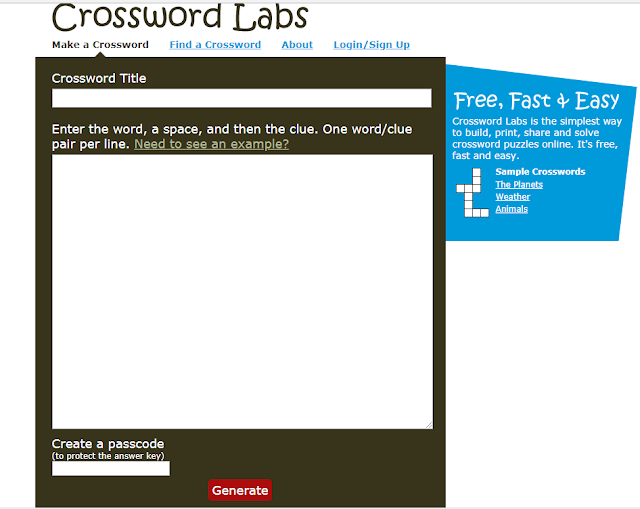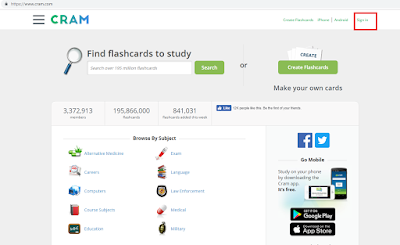Vyond lesson
Lesson 3
Age group: tertiary level
Grammar focus: Present simple (affirmative and negative), Simple future (affirmative and negative)
Vocabulary focus: vocabulary related to exams
Duration: 120 minutes lesson
Physical location: school facilities
Topic: exams
Physical location: school facilities
Topic: exams
The students have almost finished their academic year. Now, it's time for finals; therefore, their teacher has decided to have a class for them to practise some vocabulary connected with exams.
He will ask them about their feelings (in connection with exams), whether they had sat for finals before, how they would study for finals, etc.
(He will write their answers on the board)
Web:
(Students will go to the computing room)
The teacher will ask the students to sit in pairs or in small groups.
They will use a tool called "vyond" to make a video of how they would study for a final using some information provided by the teacher.
One member of each group will create an account on the tool to do the assignment.
Here is a tutorial of the tool.
Once they have seen the tutorial, they will select and use some words connected with exams to create a video using the tool.
The video needs to have between 12 and 18 templates (= they are clips used to form a video).
Here is a list of those words:
https://www.oxfordlearnersdictionaries.com/definition/english/exam?q=exam
http://www.freecollocation.com/search?word=exam
Also, they can use these expressions:
- nail verb (succeed): [ T ] informal to do something successfully She nailed her audition and got the lead part in the musical.
You totally nailed it! - scrape through something verb (phrasal verb): to succeed in doing something with difficulty, especially in passing an exam.
I might scrape through the exam if I'm lucky.He managed to scrape through his final exams.
Even so, without his father's family connection he wouldn't have scraped through the entrance exam. - pass a test with flying colours idiom: if you pass a test with flying colours, you are very successful in it.
She passed the exam with flying colours.
Now he's gone back to driving school in an effort to pass with flying colours.
They can use some vocabulary connected with feelings that they know. Here they have extra support for describing how they might feel before doing an exam.
https://www.oxfordlearnersdictionaries.com/definition/english/nervous?q=nervous
https://www.oxfordlearnersdictionaries.com/definition/english/nervous?q=nervous
Both links have synonyms and definitions as well.
(The teacher will help the student with their projects)
What's next:
In this part, they will share their videos with the others.
Depending whether the school has a projector or not, the students will use it to show their videos.
In case there is no projector, they will send their links to the other groups and explain them from their seats after being watched by the others.
The idea with this activity is to make the students be fully participants of the lesson in a topic that it is not usually explained to them (in particular, how to study for an exam). Also, another point to take into account is that they will learn from others' points of views and they will work collaboratively.
Evaluation criteria:
Depending whether the school has a projector or not, the students will use it to show their videos.
In case there is no projector, they will send their links to the other groups and explain them from their seats after being watched by the others.
The idea with this activity is to make the students be fully participants of the lesson in a topic that it is not usually explained to them (in particular, how to study for an exam). Also, another point to take into account is that they will learn from others' points of views and they will work collaboratively.
Evaluation criteria:
- Were the students able to perform the task?
- How coherent and cohesive were their videos?
- Did they feel engaged with the activity or not?
- What kind of message did their videos offer? A positive or negative one?
Theoretical framework
PLANIED
Planied is a Digital Competence Framework implemented by the Ministry of Education in 2015. Its aim is to promote digital literacy in every school and, for such purpose, it proposes six dimensions needed for a person to be considered digitally competent.
These six dimensions are:
- Creativity and innovation: Vyond allows the students to create videos using templates. They create a video from scratch (they can create a summary of their main ideas at the end of their videos) and this tool allows them to produce a creation either individually or in group.
- Communication and collaboration: Students communicate with each other and work collaboratively helping and fostering their learning and the other students’ as well through the use of images, text, music, simulations.
- Information and representation: Students do research, organize and produce a final product. They analyze and select what information they will use in their creations.
- Responsible and supportive participation: Students become responsible for their creations since they will share their creations with not only their classmates but also with the rest of the world if they upload their videos to any social network. Therefore, they need to be responsible and sensible of their final product.
- Critical thinking: Students do research, develop projects, solve problems connected with the use of the tool and make decisions using the resources provided by the tutorial and the tool itself.
- Autonomous use of ICTs: Students learn not only to use a particular tool but also they can make a connection of the tool with real life situations in which they might be able to adapt the use of this tool to another scenario. They can transfer their knowledge to new experiences.
Triple E framework by by Liz Kolb
This framework provides specific guidance for teachers in integrating meaningful technology mindfully in their classroom activities. This theoretical framework encourages teachers to go beyond an instrumental use of technology and consider how it can extend and enhance learning goals.
The framework is based on three components: Engagement, Enhancement and Extension.
- Engagement: the teacher needs to motivate or engage students to start the learning process through the use of technology and prove them that technology can be use not only to have fun but also to learn. Technology can promote a change in the students from passive to active social learners.
- Enhancement: this component focuses on the added value of using technology tools which goes beyond engagement in content. It refers to how technology can aid, assist and scaffold learning in a way that could not be achieved by traditional methods.
- Extension: The idea is that the teacher becomes able to connect what happens in the classroom with the real world and through the use of technology the teacher can make these connections. Technology allows the students relate the classroom activities to their everyday lives.
The use of technology can promote the idea of working in an online project in a collaborative way even with distant partners.
- Consejo Federal de Educación. Nucleos De Aprendizaje Prioritatio Lenguas Extranjeras. e.edim.co/92818/NAP_LE.pdf?
- Banegas, López-Barrios, Porto, Waigandt. Adapting to meet diverse needs in ELT



Comentarios
Publicar un comentario